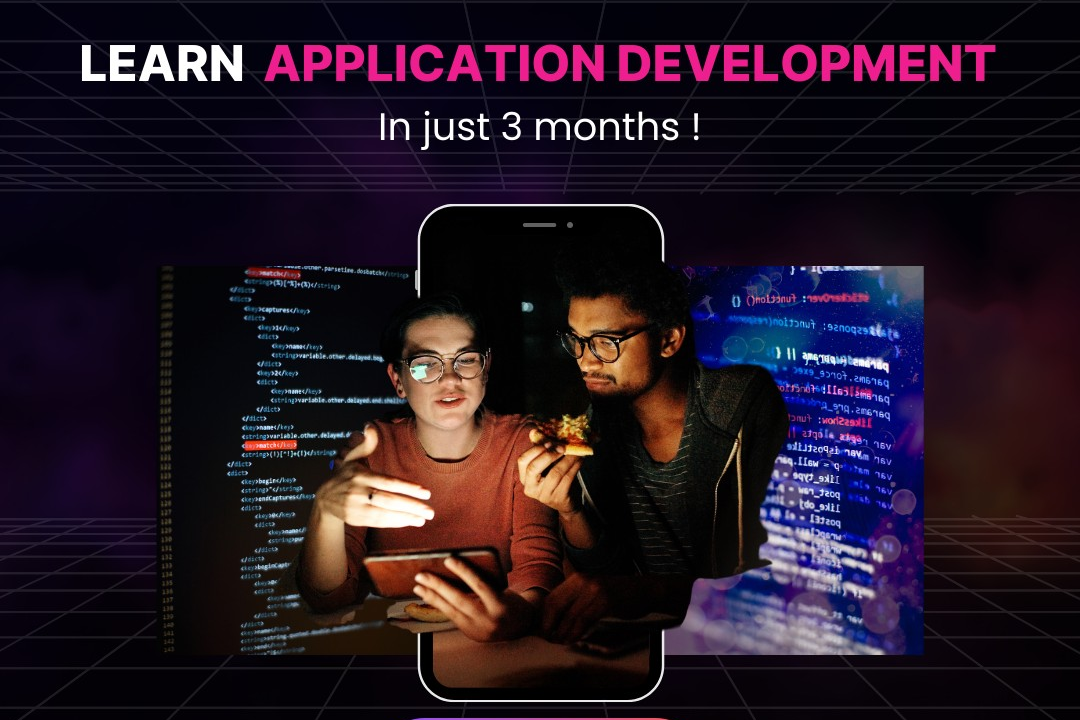Ios application lifecycle management
Optimizing the iOS Application Lifecycle
Ios application lifecycle management
iOS application lifecycle management refers to the sequence of states and transitions that an iOS app undergoes from the moment it is launched to when it is terminated. The lifecycle is primarily managed by the operating system and consists of several key states: Not Running, Inactive, Active, Background, and Suspended. When an app is launched, it moves from Not Running to Active state, allowing user interaction; if interrupted (like a phone call), it temporarily enters the Inactive state. If the user navigates away, the app may transition to the Background state where it can continue limited tasks (if allowed), and eventually, it will transition to Suspended state where it uses no CPU resources. The app can also be terminated by the OS to reclaim memory. Developers manage these transitions using lifecycle methods provided by the UIApplicationDelegate protocol, ensuring that the app behaves appropriately during state changes, saves necessary data, and responds efficiently to user interactions and system events.
To Download Our Brochure: https://www.justacademy.co/download-brochure-for-free
Message us for more information: +91 9987184296
1 - Introduction to iOS Application Lifecycle
Explain what the application lifecycle is and its importance in managing app behavior and performance within the iOS environment.
2) App States
Discuss the four main states of an iOS app: Not Running, Inactive, Active, Background, and Suspended. This helps students understand how apps transition between different states.
3) Not Running State
Describe the scenario when an app is not running and highlight the circumstances under which it can enter this state, such as user initiated termination or a crash.
4) Inactive State
Explain the inactive state, where the app is in the foreground but not receiving events, for example, during an incoming phone call or when a notification appears.
5) Active State
Elaborate on the active state where the app is in the foreground and fully interactive. Discuss how this is the main state for user interaction.
6) Background State
Clarify what happens when an app transitions to the background, such as completing tasks, saving data, or performing network requests, and how there are limits to the time allowed.
7) Suspended State
Discuss the suspended state where the app is in the background but not executing code. Explain how the system manages memory and resources in this state.
8) App Lifecycle Methods
Introduce key methods called by the system throughout the app lifecycle, such as `application(_:didFinishLaunchingWithOptions:)`, `applicationDidBecomeActive(_:)`, and `applicationWillTerminate(_:)`.
9) Responding to State Transitions
Teach how to implement logic in response to state changes. For example, saving user data when entering the background or refreshing UI when becoming active.
10) Memory Management
Discuss the importance of memory management throughout the lifecycle and how developers can handle memory warnings using `applicationDidReceiveMemoryWarning(_:)`.
11) Handling Background Tasks
Explain how to manage tasks in the background using `beginBackgroundTask(expirationHandler:)` and why it is critical for user experience.
12) App Termination and State Restoration
Cover cases of app termination and introduce state restoration techniques to maintain user experience when an app is relaunched.
13) Using Notifications
Discuss how to use notifications (like `UIApplication.didEnterBackgroundNotification` and `UIApplication.willEnterForegroundNotification`) to respond to lifecycle events effectively.
14) Debugging the Application Lifecycle
Share best practices for debugging issues related to lifecycle management, such as using Xcode’s debugging tools to monitor state transitions.
15) Integration with SwiftUI and Combine
Provide an overview of how app lifecycle management integrates with modern SwiftUI and Combine frameworks, highlighting new patterns and practices.
16) Best Practices and Optimization
Conclude with a set of best practices for effective lifecycle management, such as minimizing the use of resources in the background, handling app interruptions gracefully, and ensuring a responsive user interface.
By covering these points, students will gain a solid understanding of iOS application lifecycle management, its impact on user experience, and best practices when developing applications.
Browse our course links : https://www.justacademy.co/all-courses
To Join our FREE DEMO Session: Click Here
Contact Us for more info:
hyderabad training institutes for java
Java and spatial data
Flutter Training in Pithampur
JSON Processing In Java
Java Streams Interview Questions 2024











